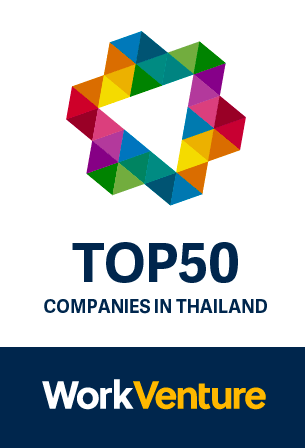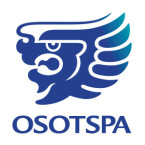ประกาศงานนี้หมดอายุแล้ว
Digital Process Automation Engineer
ที่โอสถสภา จำกัด (มหาชน)Key Responsibilities:
- End-to-End Automation Projects:
Manage the full lifecycle of digital automation projects—from requirement gathering and process analysis to system design, development, testing, deployment, and post-launch support. - Process Analysis & Requirement Gathering:
Collaborate with business stakeholders to understand current processes, identify improvement opportunities, and document detailed requirements for automation solutions. - Solution Design & Development:
Utilize low-code/no-code platforms, particularly Microsoft Power Platform, to design and develop digital solutions that streamline workflows and enhance integration between systems. - Robotic Process Automation (RPA):
Identify tasks suitable for automation and implement RPA solutions to optimize efficiency and reduce manual efforts. - User Adoption & Training:
Develop and deliver training sessions and support materials to ensure successful user adoption of new digital solutions, addressing any feedback to continuously improve the system. - Continuous Improvement:
Monitor the performance of implemented solutions, gather user feedback, and make iterative improvements to ensure they continue to meet business needs.
Qualifications:
- Education:
Bachelor’s degree in Computer Science, Information Technology, Business Information Systems, or a related field. Additional certifications in process automation or digital transformation are a plus. - Experience:
- Prior experience or internships in digital automation, process improvement, or software development projects.
- Exposure to low-code/no-code platforms, preferably Microsoft Power Platform, and familiarity with RPA tools is highly desirable.
- Experience managing projects through the full software development lifecycle is a plus.
- Technical Skills:
- Solid understanding of digital process automation, workflow integration, and software development principles.
- Familiarity with agile methodologies and project management best practices.
- Quick learner with the ability to adapt to emerging technologies and tools.
ประสบการณ์ที่จำเป็น
- ไม่ระบุประสบการณ์ขั้นต่ำ
เงินเดือน
- สามารถต่อรองได้
สายงาน
- วิศวกรรม
ประเภทงาน
- งานประจำ
เกี่ยวกับบริษัท
จำนวนพนักงาน:500-1000 คน
ประเภทบริษัท:อุตสาหกรรมสินค้าอุปโภคบริโภค
ที่ตั้งบริษัท:กรุงเทพ
บริษัท อโสทสปา จำกัด (มหาชน) ก่อตั้งขึ้นในปี พ.ศ. 2434 และเป็นบริษัทผู้ผลิตสินค้าผู้บริโภคชั้นนำของไทยที่มีประสบการณ์ยาวนานกว่า 130 ปีในด้านการผลิตสินค้าอุปโภคบริโภคหลากหลายประเภท โดยเฉพาะเครื่องดื่มไม่มีแอลกอฮอล์ ผลิตภัณฑ์ดูแลสุขภาพและความงาม และขนมขบเคี้ยว มีจำหน่ายใน 39 ป ...
ร่วมงานกับเรา: At Osotspa, we offer a dynamic environment where innovation and passion come together. Joining our team provides you with the opportunity to contribute to a global leader in consumer goods. We offer a collaborative work culture that values personal and professional growth. We bel ...
เขตที่ตั้งที่ทำงาน: บางกะปิ
สำนักงานใหญ่: 348 Ramkhamhaeng Rd., Huamak, Bangkapi, Bangkok 10240 Thailand.
สวัสดิการ
- กองทุนสำรองเลี้ยงชีพ
- ส่วนลดพนักงาน
- โอกาสในการเรียนรู้และพัฒนา
ตำแหน่งงานว่างที่คุณน่าจะสนใจ
ที่ WorkVenture เราให้มูลเชิงเกี่ยวกับบริษัท โอสถสภา จำกัด (มหาชน) โดยมีข้อมูลที่เกี่ยวข้อง ตั้งแต่ภาพบรรยากาศการทำงาน รูปถ่ายของทีมงาน ไปจนถึงรีวิวเชิงลึกของการทำงานที่นั่น ซึ่งข้อมูลทุกอย่างบนหน้าของบริษัท โอสถสภา จำกัด (มหาชน) มีพนักงานที่กำลังทำงานที่บริษัท โอสถสภา จำกัด (มหาชน) หรือเคยทำงานที่นั่นจริงๆ เป็นคนให้ข้อมูลจริงสมัครงาน บี.กริมสมัครงาน ทรู อินดัสทรีสมัครงาน โอทีวีสมัครงาน มีนาไทย







